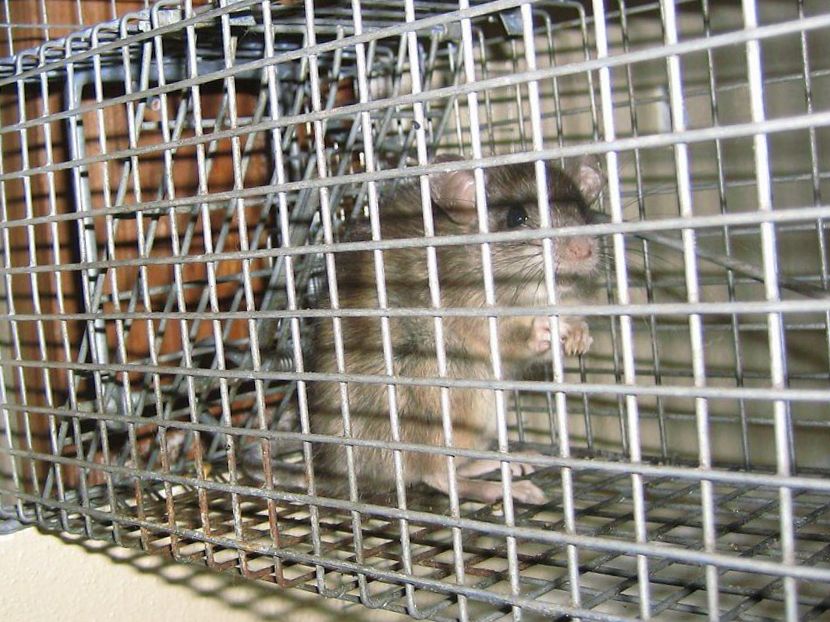
The first thing that many home and property owners do when they find out they have a rat infestation, or see signs of a rat infestation, is an internet search: "How to get rid of rats from a home".
The internet will throw back millions of results, some websites suggesting you use repellents, other websites stating that snap traps are the only way forward. It is pretty much universally recognized that rat poison doesn't work effectively, and it is now understood that rats are building a big immunity to typical rodenticides.
Live trapping is commonly discussed, not just on the internet, but also among wildlife and rat trapping experts. There are some states across the USA that advise trapping-and-releasing rats to get rid of them, but it's a process that can be filled with problems, particularly for the inexperienced rat trapper.
Rat trapping requires patience and time, two things that homeowners simply do not have when rats are introduced. The longer these rodents are left to run riot around your home, the more damage they will do, and the greater the risks that those rodents will spread disease.
Things that can go wrong when you trap and release wild rats in a home include:
- Rat traps not placed in the correct spots
- Faulty traps
- Trap-shy or trap-smart rats
- Forgotten rat traps
- Traps accidentally capturing or injuring other animals/children
- Rat traps not dealing with an infestation quickly enough
- Trapped rats coming back to the property after release
- Holes in the building still allowing the entrance of the same/new rats, as well as other wild animals/pests
- Thinking all rats have been evicted when one or two remain, and the breeding cycle starts all over again
There are ways to make trapping and releasing of wild rats work, but the steps that you must take in order to make it successful are often not time-effective. You must know where the rats are in order to put the traps in the right places, and even when they are in the right places there is no guarantee that rats will go anywhere near them. If rats have been trapped and released before, or have seen members of their social groups trapped, they are going to be rather unwilling to suffer the same fate, thus avoiding all traps.
If you forget about the traps or don't check them regularly enough, you could kill trapped rats by accident. Starvation, dehydration and exposure are common factors, but predatory attack, disease, and even bleeding out can cause the demise of the animal. It is more common than you'd think for homeowners to set 10 or so traps around a building, and then forget about a couple of them along the way, especially if they start adding more and more of them to the mix.
Bait is quite important, but not really important in terms of the rat. The wrong bait will attract animals that you don't want around, such as mice, other rats, and also other scavengers, such as raccoons. You might also attract ants, bees, wasps, or other insects if you use sweet treats, and in warm or very hot areas, soft baits will melt.
At the same time, you must also look at how easy the bait is to get off the trap itself. If the rat can simply grab and run, without setting off any triggers, you're going to have no success at catching any of them.
When you're dealing with rats, you will want to keep your distance but this isn't possible with live cage traps. That rodent will not only be close to your hands when your handling the trap (wear gloves), but it will also then be in your car when you need to drive far away (at least 5 miles) to release it. For every single rat that you trap …
Time-consuming, usually ineffective, and doesn't actually solve the problem off too-many-rats at all. Perhaps live trapping of wild rats isn't the right way to deal with your rat infestation problem?
Go back to the pestcontrolrat.com home page.
Copyright 2021 - pestcontrolrat.com
Nationwide Rat Control Services